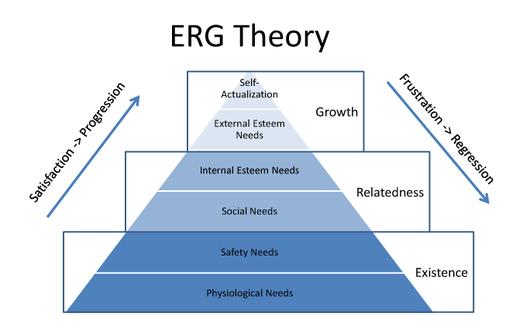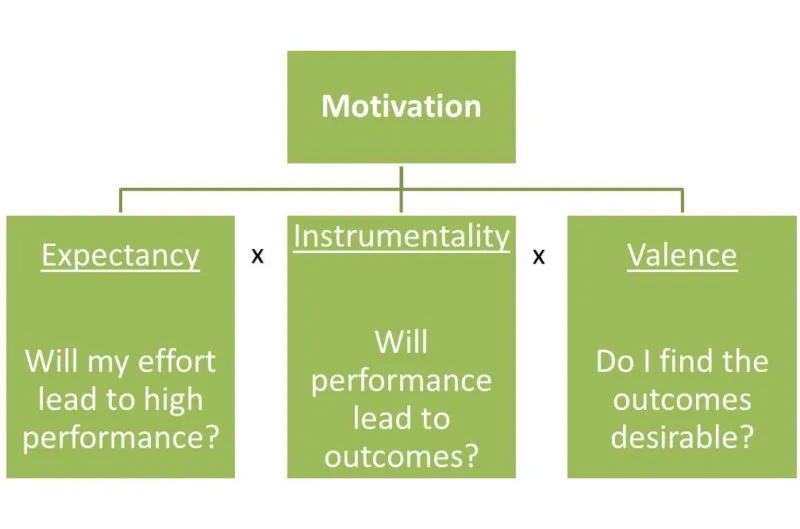People are integral part of any organization today. No organization can run without its human resources. In today’s highly complex and competitive situation, choice of right person at the right place has far reaching implications for an organization’s functioning. Employee well selected and well placed would not only contribute to the efficient running of the organization but offer significant potential for future replacement. Recruitment comes at this point of time in the picture. Recruitment is a strategic function for HR department. Recruitment means to estimate the available vacancies and to make suitable arrangements for their selection and appointment. Recruitment is understood as the process of searching for and obtaining applicants for the jobs, from among whom the right people can be selected. A formal definition states, “It is the process of finding and attracting capable applicants for the employment. The process begins when new recruits are sought and ends whenContinue reading
Human Resource Concepts
External Recruitment
The sources of recruitment can be classified into two types, internal and external. Filling a job opening from within the firm has the advantages of stimulating preparation for possible transfer of promotion, increasing the general level of morale, and providing more information about job candidates through analysis of work histories within the organization. A job posting has a number of advantages. From the view point of the employee, it provides flexibility and greater control over career progress. For the employer, it should result in better matches of employee and job. In most instances, the jobs are posted on notice boards, though some carry listings in the company newspapers. The posting period is commonly one week, with the final decision for hiring being completed within four weeks. Internal applications are often restricted to certain employees, the guidelines for one company including (1) “good” or “better” on most recent performance review; (2)Continue reading
Different Theories for Managing Compensation
The basic purpose of wage and salary administration is to establish and maintain an equitable wage and salary structure. Its secondary objective is the establishment and maintenance of an equitable labor-cost structure i.e., an optimal balancing of conflicting personnel interests so that the satisfaction of employees and employers is maximized and conflicts are minimized. The wage and salary administration is concerned with the financial aspects of needs, motivation and rewards. Managers, therefore, analyze and interpret the needs of their employees so that reward can be individually designed to satisfy these needs. The word ’salary’ is defined in the Oxford Dictionary as ‘fixed periodical payment to a person doing other than manual or mechanical work’. The payment towards manual or mechanical work is referred to as wages. The word pay refers to the payment for services done which would include salary as well as wages. Wages are commonly understood as priceContinue reading
Theories of Motivation: McClelland’s Three Need Model
Each person tends to develop certain motivational drives as a result of his cognitive pattern and the environment in which he lives. David McClelland gave a model of motivation, which is based on three types of needs, namely, achievement, power and affiliation. They are stated below: Need for achievement (n-Ach): a drive to excel, advance and grow; Need for power (n-Pow): a drive to influence others and situations; and Need for affiliation (n-Aff): a drive for friendly and close interpersonal relationships. Achievement motivation: some people have a compelling drive to succeed and they strive for personal achievement rather than the rewards of success that accompany it. They have a desire to do something better or more efficiently than it has been done before. This drive is the achievement need. From researches into the area of achievement need, McClelland found that high achievers differentiate themselves from others by their desire toContinue reading
Theories of Motivation: Alderfer’s Existence-Relatedness-Growth (ERG) Model
Serious doubts have been expressed about the existence of the five distinct need categories, which Maslow hypothesized. There seems to be some overlapping between esteem, social, and physiological needs. Also, the lines between esteem, social, and self-actualization needs are not entirely clear. With these points in mind, Clayton Alderfer condensed Maslow’s five need categories into three sets: The existence Needs: Over here material existence requirements are mentioned. This group is the same as what has been called by Maslow physiological and safety needs. In an organizational context the existence needs are satisfied by money earned in a job and spending them to obtain foods, clothing, shelter etc. Relatedness Needs: An employee desire to maintain important interpersonal relationships with pears, superiors and subordinates in work context can be termed as relatedness needs. Relatedness for an employee in an organization context includes the need to interact with peers, receive recognition from theContinue reading
Theories of Motivation: Vroom’s Valence-Expectancy Theory
Vroom’s expectancy theory was originally developed by Victor H. Vroom, a Canadian psychologist, in 1964. Attacking Herzberg’s two-factor theory, Vroom offered an expectancy approach to the understanding of motivation. According to him, a person’s motivation towards an action at any time would be determined by an individual’s perception that a certain type of action would lead to a specific outcome and his personal preference for this outcome. Vroom’s expectancy theory consisted of two related models – the valence model and the force model. The valence model attempts to capture the perceived attractiveness, or valence, of an outcome by aggregating the attractiveness of all associated resultant outcomes. The force model of expectancy theory attempts to capture motivational force to act by associating the expectancy of resultant outcomes and their individual valences. These two models gave Vroom the opening to build his expectancy theory to the level that it is today mostContinue reading




